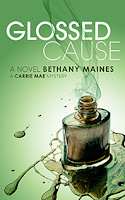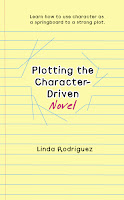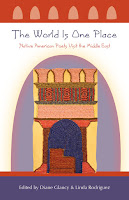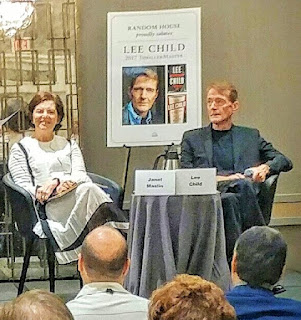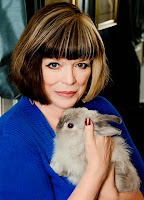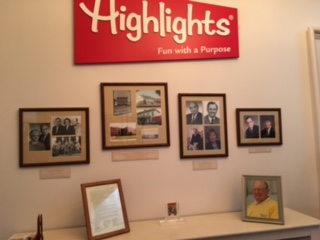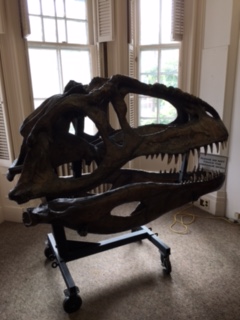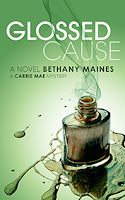by Bethany Maines
In today’s blog we’re interviewing Nikki Lanier, the star of the Carrie Mae Mysteries and the upcoming Glossed Cause by Bethany Maines. The interview questions are selected questions from Marcel Proust’s Questionnaire of 35 questions intended to reveal an individuals true nature. So read on to find out what makes Nikki Lanier tick…
1. On what occasion do you lie?
Most occasions? Sorry, that’s an awkward question. I have to lie to most people on a daily basis. The Carrie Mae Foundation, the non-profit charity branch of Carrie Mae Cosmetics, and my employer, has the extremely simple goal of “helping women everywhere.” But the Carrie Mae founders realized early on that helping women sometimes requires a silk glove of diplomacy and sometimes an iron fist of enforcement. Basically, the Carrie Mae Foundation is part non-profit, part black ops force. And I’m part of the iron fist, but I can’t tell anyone. My boyfriend—the CIA agent—just found though… I guess we’ll see how that turns out.
 |
| Nikki Lanier |
2. What is your idea of perfect happiness?
A Saturday afternoon at the beach with my friends, my boyfriend, no one shooting at me and no phone calls from my mother. You wouldn’t think that would be so hard to achieve, but it’s been difficult. My friends all work for Carrie Mae, my boyfriend works for the CIA and my mother doesn’t know when to butt out, so getting a free Saturday rarely seems to happen.
3. What is your greatest fear?
That everyone will find out that I’m just faking it. I know they say imposter syndrome is a real thing for women, but I just keep feeling like everyone else has it more together than I do. I mean, yeah, I can speak five languages, but one of those is Latin. And OK, so I can shoot pretty straight and I know how to get into AND out of a bar fight and a foreign country, but I still can’t shake the feeling that other spies have their stuff way more together. Oh, and my other greatest fear is that my father will try to steal the Mona Lisa.
4. What is the trait you most deplore in yourself?
I have a tiny bit of a temper and sometimes something will just set me off. Next thing you know, I’m force feeding someone their lipstick. I have to say though, having a job where I get to punch people on the regular has cut back in my occasional outbursts. Mostly. Sort of. I think.
5. What do you most dislike about your appearance?
Sigh. My hair. I think I’m finally at a place in my life where I’m OK with being a red-head, but there was a lot of my childhood that I hated it. And even now, it just seems to have a mind of its own.
6. What or who is the greatest love of your life?
My boyfriend, Z’ev Coralles. He’s got these brown eyes and this voice that just makes me melt. How am I supposed to resist him? I know I should. My boss would be a lot happier if we broke up, but… He knows how to salsa and then there’s his derriere. Don’t tell anyone, but it should probably have a few poems written about it.
 |
| Val Robinson |
7. What is the trait you most deplore in others?
Does being a selfish jerk count as a trait? My father and my ex-partner, Valerie Robinson, think they can just walk into my life and mess up everything. They don’t apologize; they don’t even care. They just make messes and I’m the one that has to clean up. It would have been a lot easier for me if Val had just stayed dead after I dropped her off that bridge in Thailand. But Val never does what she’s told, even when she’s being told by a bullet to the chest.
8. What is your motto?
I never had a motto until I started working for Carrie Mae—they have quite a few little sayings. Most of them come from the founder – Carrie Mae Robart, she was a tobacco heiress, who turned down her father’s money to start Carrie Mae Cosmetics in her garage. She used to cross-stitch little sayings onto pillows. Currently, my favorite is, “Sunscreen, waterproof mascara, and a silenced .38 will take you just about anywhere you want to go in life.”
Find out what adventures Nikki is up to next in Glossed Cause!
Top Carrie Mae agent Nikki Lanier’s nemesis and ex-partner Val Robinson has returned from the dead and she wants Nikki’s help. When Val said that Phillipe Lanier—Nikki’s long-absent father—had been kidnapped, Nikki dropped everything—friends, family, boyfriend, to fly to the rescue. But soon Nikki realizes that her father’s kidnapping may not be what it seems and she may have just tanked her life for one of his ridiculous schemes. As Nikki and Val arrive in Amsterdam, Nikki realizes that if wants to her life back, she’s going to have to not only stop an international arms dealer, but convince her boyfriend, CIA Agent Z’ev Coralles, that she’s not the bad guy and that Carrie Mae isn’t a terrorist organization. But with Philippe refusing to be rescued, and an INTERPOL agent gunning for Val and Nikki, as well as making moves on Z’ev, Nikki is starting to doubt her own abilities. Can she do it, or is it a Glossed Cause?





